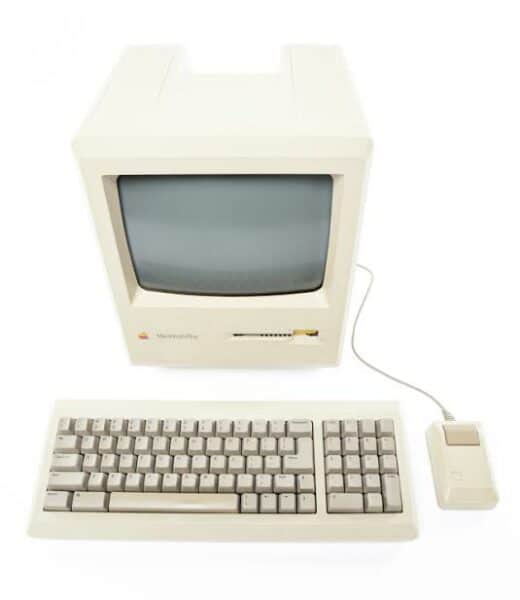In the December 1984 issue of IEEE Spectrum, an article titled “Design case history: Apple’s Macintosh” shed light on the development and significance of the Macintosh computer. The piece chronicled the visionary efforts of Mr. Jef Raskin and the dedicated team behind the project. Despite initial skepticism, the Macintosh went on to become a technical milestone in personal computing.
This article delves into the key elements that made the Macintosh a game-changer and highlights the innovative spirit of its creators.

Macintosh – The $1000 computer that reshaped the industry
Mr. Jef Raskin believed in a future where personal computers would be accessible to the masses. He envisioned a powerful microprocessor executing tightly written software at a price point of $1000. With this vision in mind, the Macintosh project took shape. Though Mr. Steve Jobs did not grant an interview for the article, his influence on the project was evident. He had a clear vision for the product from the beginning and played a vital role in assembling the team.
Under Mr. Raskin’s guidance, the Macintosh design team became a close-knit group of engineers working independently from the corporate mainstream. The small team size enabled efficient communication and facilitated design tradeoffs that would have been challenging in a larger organization. The interplay between hardware and software was crucial, with each member responsible for a significant portion of the total design.

Burrell Smith, the designer of the Macintosh digital hardware, showcased outstanding technical talents in creating a makeshift prototype using a Motorola 6809 microprocessor and an Apple II. The integration of the 68000 microprocessor, despite its unproven status and higher cost, enabled the Macintosh to perform complex operations with limited memory and electronic parts. The Macintosh operating system was simplified yet versatile, utilizing 64 kilobytes of read-only memory for increased reliability.
The Macintosh’s user interface, known as the user-interface toolbox, was a distinctive feature of the computer. Bill Atkinson’s Quickdraw software enabled easy manipulation of bitmaps and facilitated the construction of images on the Macintosh’s bit-mapped display. The toolbox routines were designed to be optional, giving application programmers the flexibility to create unique experiences for users.

Apple’s approach to manufacturing the Macintosh involved incorporating concepts such as “just-in-time” inventory and zero-defect parts. The goal was to build a highly automated manufacturing plant that could produce a significant number of Macintosh computers. Frequent visits to automated plants, particularly in Japan, influenced the team’s decisions in implementing efficient manufacturing techniques.
Mr. Jobs, despite his demanding nature, played a crucial role in defining the Macintosh as a product. His instinct for design and unwavering commitment to excellence pushed the team to deliver a high-quality computer. His involvement, though sometimes challenging, had a significant impact on the success of the project.
The Macintosh computer, born out of the visionary ideas of Jef Raskin and the dedication of a talented team, became a turning point in personal computing history. Its innovative design, the seamless integration of hardware and software, and the commitment to affordability made it a milestone in the industry. The Macintosh demonstrated that a compact and efficient design team, driven by a clear vision and empowered with the right tools, could revolutionize the way people interacted with computers.
(via IEEE Spectrum)
Read more: